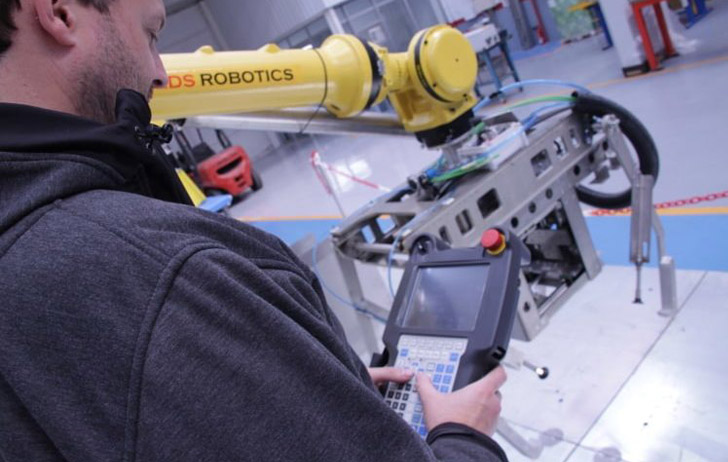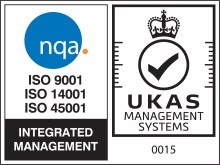
Robots are increasingly making our lives easier, both in personal and industrial settings. They can perform mechanical and repetitive tasks with great precision. The process of robotization is unstoppable, and more activities currently performed by humans will soon be carried out by robots across various fields, especially in manufacturing, transportation, and logistics sectors.
Let’s delve into what the robotization process entails, how artificial intelligence plays a role, its advantages, and its primary disadvantage.
What is the Robotization Process?
Robotization refers to the use of robots in production processes. In the near future, robots will replace humans in many tasks, particularly in the industry known as 4.0. The production sector is transforming at a rapid pace due to the implementation of artificial intelligence in production plant processes.
Robots assist humans in performing routine or dangerous tasks, as well as in functions where they excel, such as analyzing large volumes of information.
To understand the robotization process, it’s important to differentiate between the terms mechanization, automation, and robotics.
Mechanization:
This involves using machines for simple and repetitive tasks to save time and effort.
Automation:
This refers to using machines with greater power, speed, and self-control, requiring less human intervention. Automation can be implemented in any sector involving repetitive tasks.
Robotics:
Robots are nearly autonomous machines with multiple applications and the ability to adjust themselves.
Now that we have a clearer understanding of robotics, we can highlight its ability to learn and make decisions based on the information it analyzes. It’s impressive to see how these robots behave and process information as if they were human; in fact, they work better since they avoid the errors that humans might make and often avoid exposure to dangerous and tedious tasks. Therefore, robots can simplify tasks and carry out meticulous, complex, and analytical processes.
Companies seek efficiency in process execution, improved product quality, and cost reduction to increase productivity. The robotization process is a fundamental tool for achieving these objectives.
Artificial Intelligence
New technologies have brought us robots capable of performing many basic and repetitive tasks, and when combined with other technologies such as artificial intelligence, they can undertake more complex jobs. The implementation of AI technology is growing and is already a reality in many companies.
Robotic programming allows a robot to act with great precision and know what to do autonomously. These innovations enable the integration of machine vision and robots, allowing them to perform tasks that were once unimaginable. Images are captured by a camera and processed through specific machine vision software. This process enables numerous applications such as measurement, fault detection, guidance, verification, and more. Additionally, robots can make decisions based on predefined quality parameters.
Advantages of the Robotization Process in Industry
Let’s look at some significant advantages at the business level compared to human labor:
Increased Productivity:
A robot doesn’t need to rest, so it can complete tasks in less time. They can work 24/7, all year round.
Cost Reduction:
The use of robots reduces material waste.
Accuracy:
Robots eliminate errors and work with such precision that it results in a noticeable improvement in the final product quality.
Time Savings:
Robots can work in smaller spaces, which shortens the time a product spends on the assembly line.
Ease of Operation:
Today, thanks to simplified robotic programming, workers can operate and supervise robots with proper training.
Reduction of Workplace Accidents:
Robots can perform tasks that are very dangerous or even fatal for humans.
Disadvantages of the Robotization Process in Industry
The most significant disadvantage that comes to mind is the reduction in human labor, as robots will take over many jobs currently done by humans in the not-too-distant future. However, the robotization process in industry also presents an opportunity for young people to train in other fields such as mechanics, robotics, engineering, and mathematics. It’s predicted that 133 million new roles, previously unknown, will emerge.
Human intervention will always be necessary for both the creation and operation of robots. Therefore, robotics should be viewed as a collaborative process between humans and robots, where robotic precision combined with human problem-solving leads to excellence.
Conclusion
Automation and robotics are the pillars of Industry 4.0, bringing ever-increasing benefits to productivity and efficiency in production processes. The future lies in embracing robots, and while it may require a significant investment for companies, it’s an investment that is well worth it, as we’ve seen.

